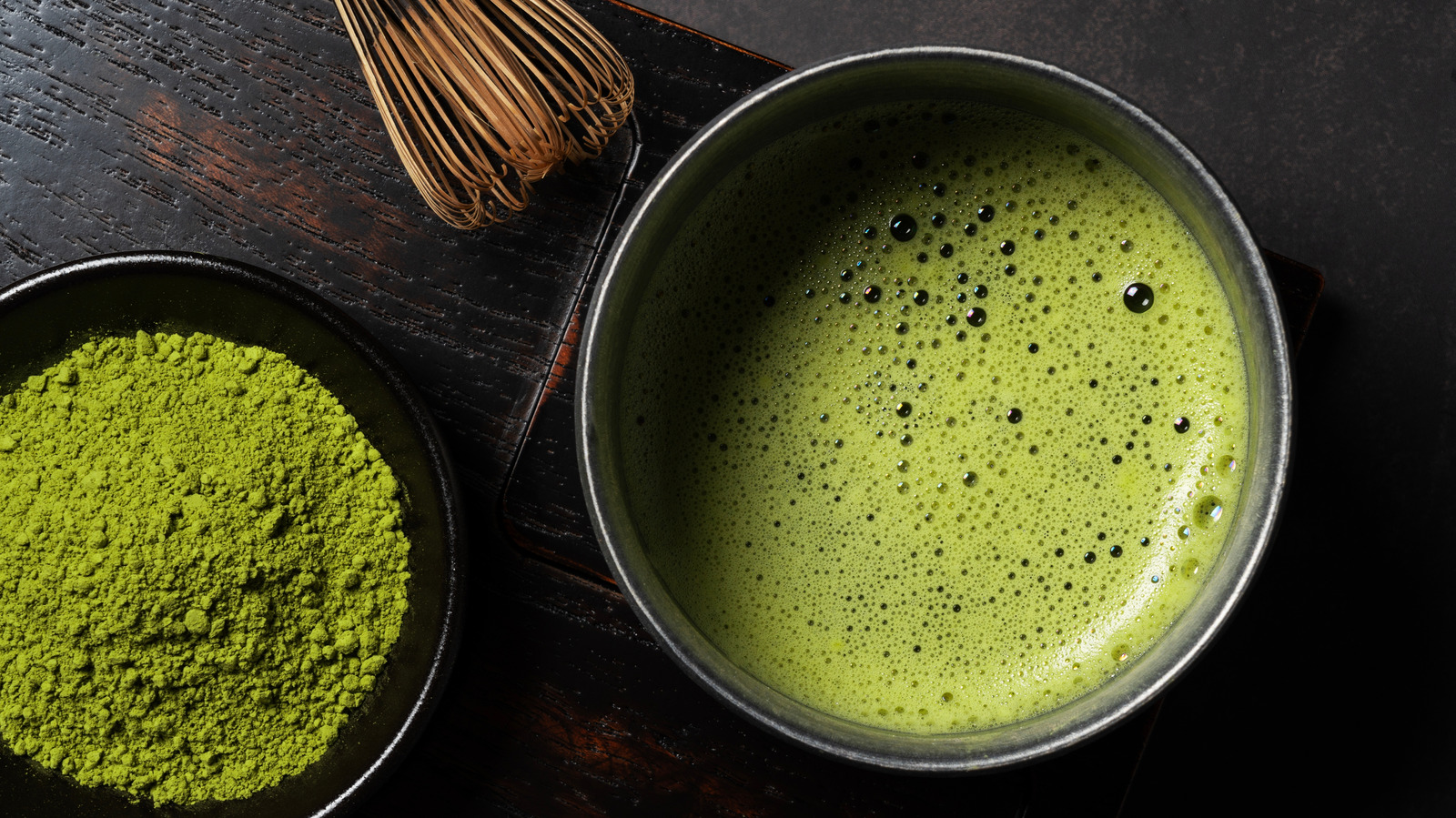We may receive a commission on purchases made from links.
There’s nothing that’s going to ruin your first matcha of the day like getting a clump of powder in your mouth. Whether you opt for a creamy matcha latte or enjoy matcha in the traditional way with water only, the texture should be smooth, silky, and free of lumps. Any serious matcha lover will know that one of the keys to creating the right texture is to whisk rather than stir as you add hot water, preferably with a bamboo whisk. But if the lumps persist, it’s because you’re not sifting the matcha powder first. Sifting your matcha powder not only creates a more evenly textured drink but also more even brewing, which in turn enhances the flavor and aroma.
The traditional sieve is known as a furui, but you can make use of any fine strainer. Simply place the sieve directly over your bowl or cup and spoon in the required amount of matcha powder. Unlike when sifting flour, this won’t de-clump by simply shaking — you’ll need to press lightly with a spatula or the back of a spoon to ensure all lumps are broken up. Matcha sifters should not be washed, but rather wiped clean after use, so whatever strainer you pick should be dedicated to your tea.
Why all matcha needs sifting
The fact that you might need to sift your matcha isn’t a sign of poor quality; in fact, it’s quite the opposite. Even the best ceremonial grade matcha is going to have clumps, simply because of the way it’s made. Matcha starts with the smallest, greenest leaves of the tea plant, which are then thoroughly dried, at which point they are known as tencha. Tencha is then ground to a fine powder between large stone wheels, and it’s here that the clumping starts. The action of the stones generates static electricity, which can make the powder stick to itself until it’s sifted into your bowl. This residual static is also why it’s recommended that you sift only the amount you need directly before preparing the drink.
Some lumps in your matcha can also be caused by incorrect storage, when the powder has taken in moisture. The package that your tea comes in might not be enough to keep it dry, particularly if you live in a high-humidity area. Investing in an airtight storage container (as well as a sifter) will ensure your morning brew is free of unpleasant clumps.






